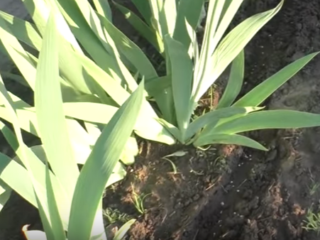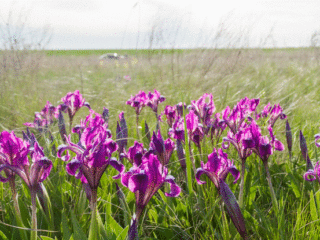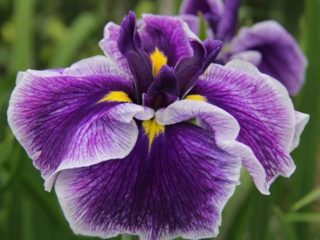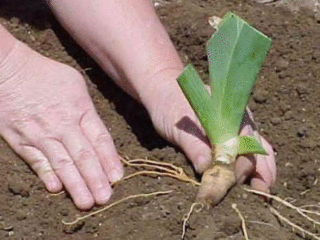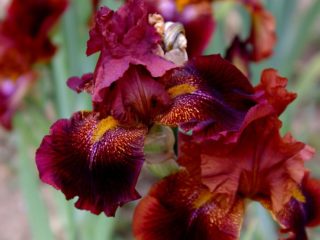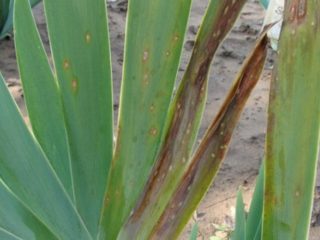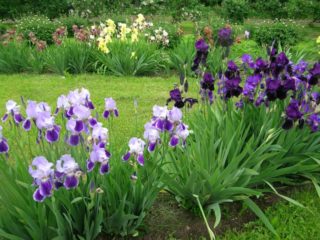Content
Flowers similar to irises are grown in open ground. They are used in ornamental gardening, as well as for landscaping a personal plot. There are several indoor plants that vaguely resemble irises in flower structure or color, but most of the look-alikes are wild and garden crops.
Are there flowers similar to irises?
Iris or iris is a perennial crop represented by tall and dwarf varieties. The flowers of the plant are of different colors. In their natural habitat they are found in blue, blue or pink. On their basis, hybrid varieties of iris have been created: white, orange, dark red. In each variety, the petals have different shaped fragments of a bright yellow or green hue. Biological structure of iris flowers:
- perianth simple;
- does not separate into corolla and calyx;
- tubular;
- with bent six-part petals.
The leaves of the plant are narrow and long. Flowers similar to irises with names and photos are presented below.
Cuckoo's tears
Cuckoo's tears is a popular designation for orchis (northern orchid), a plant from the Orchidaceae genus. Distribution area: Siberia, Far East, North Caucasus.The endangered species is protected by law and is listed in the Red Book of Russia. External characteristics:
- height – 30-50 cm;
- stem growing upright;
- a spike-shaped inflorescence is formed at the top;
- the flowers are small, shaped like an iris;
- the color of the petals is burgundy, lilac, light pink with dark stains on the surface;
- the leaves are located in the lower part, depending on the variety they can be wide or narrow.
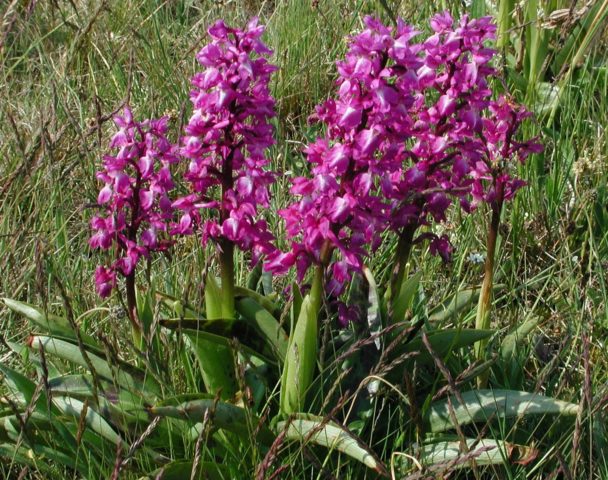
Varietal representatives of orchis are often used in ornamental gardening
Cuckoo's tears in Siberia are also called Russian iris (Iris ruthenia) of the Ioniris subspecies. This is a distant relative of the common iris. The blue flowers of the plant are similar to dwarf irises. Cuckoo's tears do not grow more than 20 cm; single buds are located at the tops of the stems.
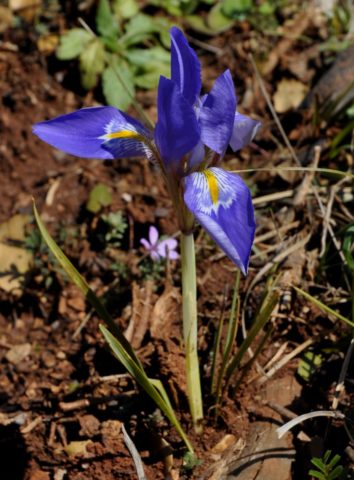
The common color of Russian iris petals is blue with a yellow fragment; white petals are less common.
Orchids
In the wild, most species grow in symbiosis with tropical forest trees. In Russia, orchids are grown as indoor flowers, similar in appearance to iris. But these are completely different species. The culture is represented by flowers with red, lilac, pink, white, yellow colors.
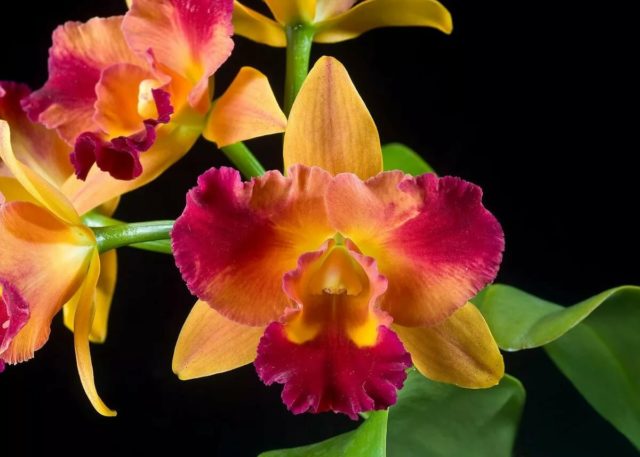
Orchid inflorescences form in the upper part of an erect shoot
The plant is a perennial with one, rarely two stems, with a long flowering period.
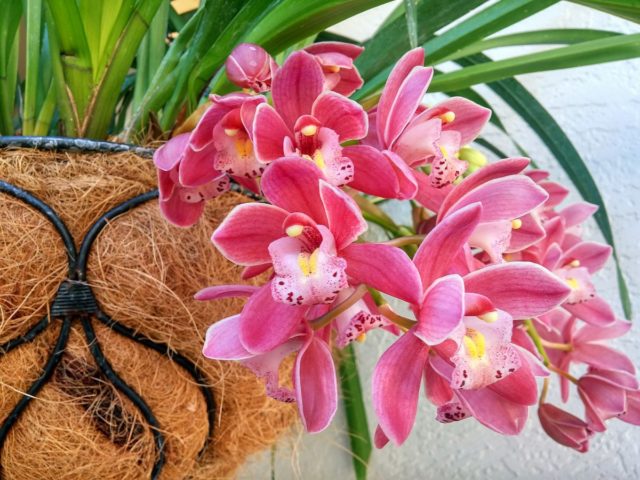
A particular similarity between orchids and the hanging variety of irises is noted.
Iridodictium
A close relative of irises, part of the Irises family. The perennial bulbous crop includes more than ten varieties with a decorative appearance. In its natural environment, iridodictium is distributed in Central Asia, the North Caucasus and Transcaucasia.This is a bright representative of alpine meadows and the coastal zone of standing reservoirs. The culture is classified as dwarf:
- stem height 15 cm;
- leaves are long and narrow;
- the flowers are similar to irises, quite large - 7 cm in diameter;
- in shape - something between a crocus and an iris;
- the color is blue or dark purple with a yellow fragment at the base of the petals.
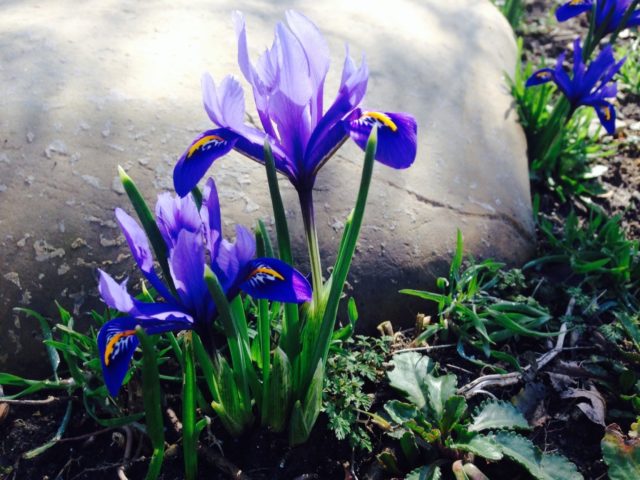
Iridodictium is used to decorate rockeries and rock gardens
Breeding varieties of snapdragons
Antirrinum or snapdragon is a perennial crop, but in temperate climates it is rarely possible to preserve the plant until the next growing season, so antirrinum is grown as an annual. The culture grows in the form of a herbaceous shrub with erect stems and racemose inflorescences. The leaves are slightly pubescent, narrow, oblong. The blossoming buds of snapdragons are similar in shape to irises.
In ornamental gardening, selective varieties are used. They differ in bush height and color. The petals can be white, dark red, yellow, orange, or mixed in color. More than 50 varieties have been created based on wild species. Photos of snapdragon flowers, similar to irises, will allow you to get acquainted with their diversity.
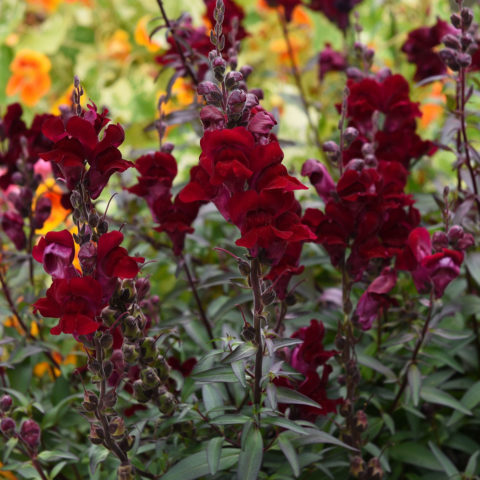
Tall bush Velvet giant reaches 70 cm
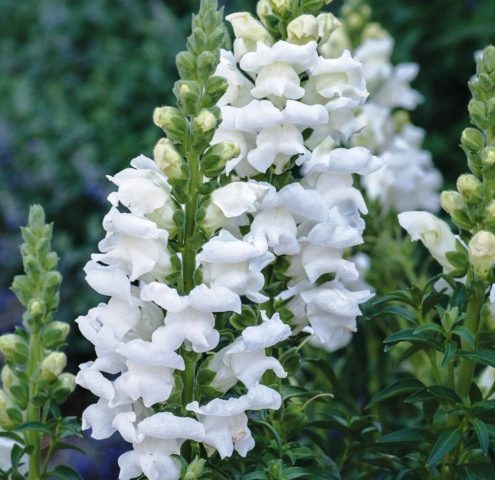
The height of the Alaska variety is 85 cm
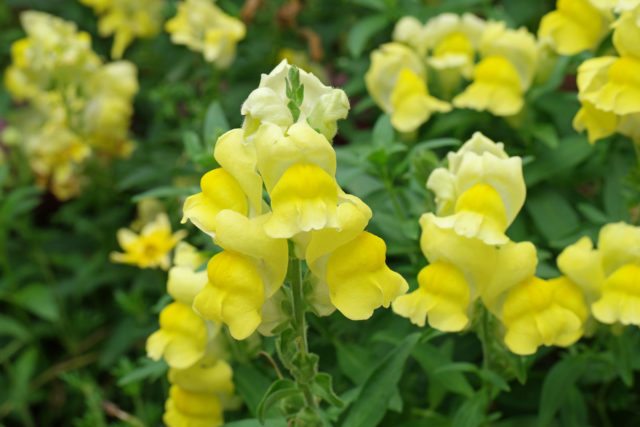
The golden monarch belongs to the medium-sized group, because the bush grows up to 45 cm
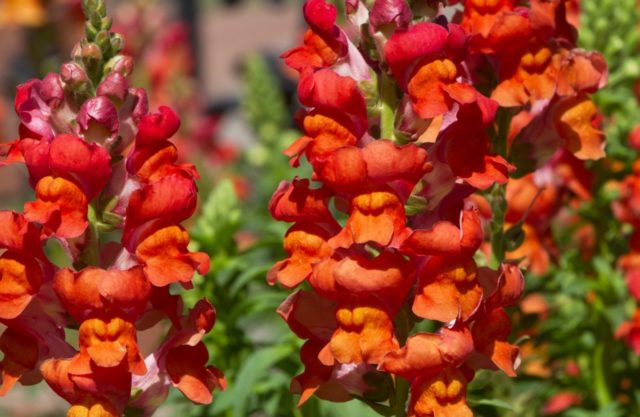
Antirrinum Wild rose is characterized by an average length of peduncles (up to 60 cm)
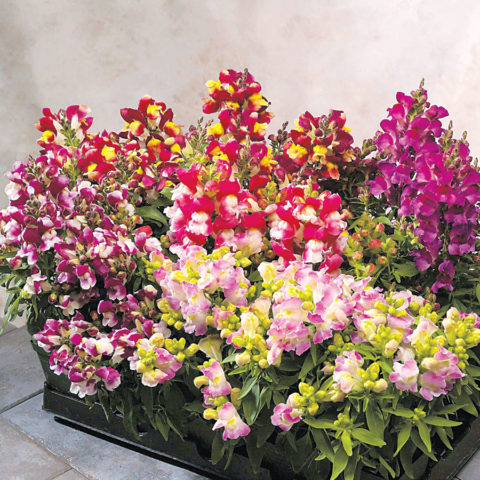
The low-growing varietal group Floral (15-20 cm) is distinguished by a variety of bud colors
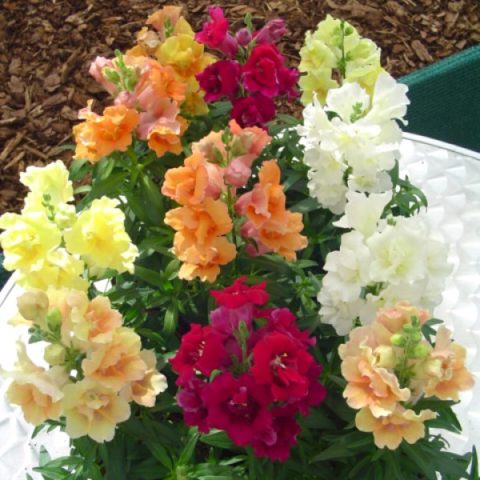
Antirrinum Twinnie is available in different colors, the stems do not exceed 15 cm in height
Aquatic killer whale
Iris is a plant similar to the iris in the structure of the bush, the blossoming buds and the shape of the leaves. It is classified as a close relative, part of the Iris family. Distributed throughout Russia, the main accumulation is observed along the banks of reservoirs and in wetlands. External characteristics:
- the color of the blossoming buds is bright yellow;
- at the base of the petals there are dark burgundy or brown longitudinal stripes;
- leaves are narrow, long, xiphoid;
- stems thin, erect;
- bush height – 70-150 cm.
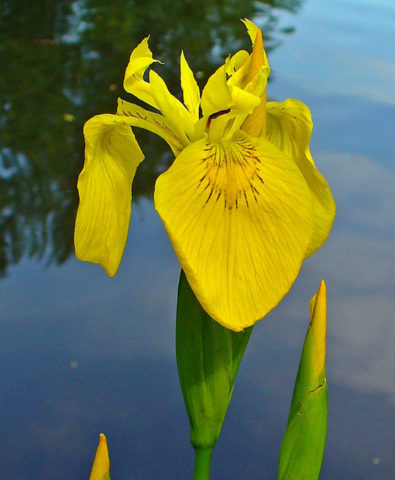
False calamus irises bloom from June to August
Alstroemeria
Alstroemeria is a perennial crop with little cold resistance. It is grown in greenhouses and greenhouses for cutting.
The stems are thin, but very strong, growing upright. The inflorescences are umbellate, located in the upper part of the stems. The leaves are narrow and long.
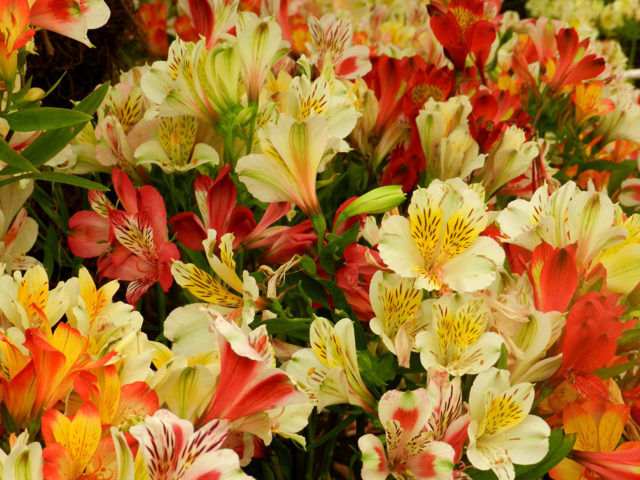
Flowers six-petalled, red, pink, white, yellow, inner petals with dark brown, randomly located blotches
Xifium
Xyphiums are flowers similar to iris, better known as bulbous irises. In their natural environment, a close relative of irises is blue in color and small in stature. The culture is characterized by a long flowering period, lasting within two months.
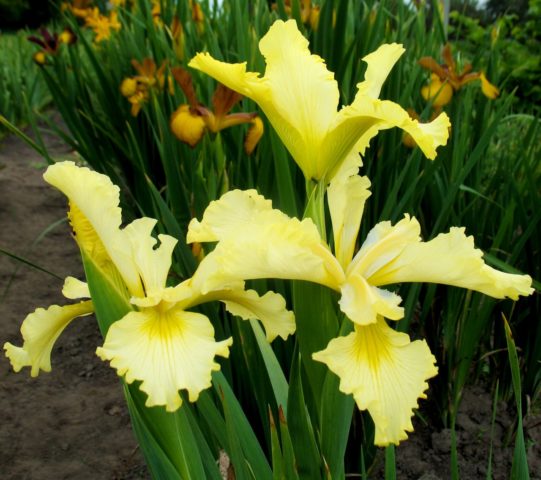
In ornamental gardening, Dutch varieties with red, lemon, white, purple and blue colors are used
Acidanthera bicolor
Acidanthera is part of the Kasatikov family.The flower is vaguely similar to irises, popularly called gladiolus Muriel due to the shape of the bush and long, narrow, linear leaves. The plant is a perennial corm, can grow up to 130 cm. The stems are thin, branched in the upper part. The petals are collected at the base into a long tube. The inflorescences are spike-shaped, the diameter of the flower is 10-13 cm. The color is light cream with a dark burgundy core.
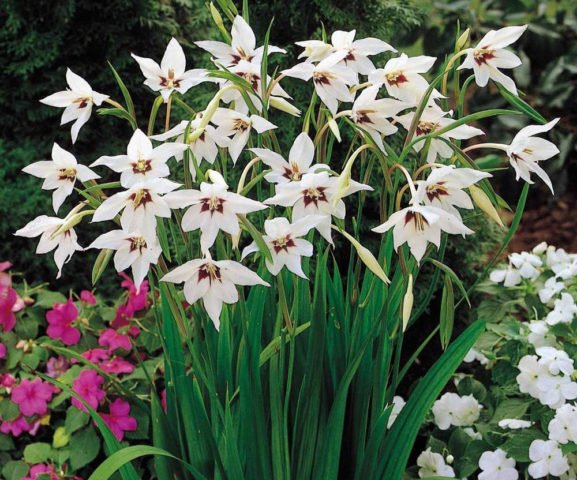
Late flowering plant - from August until frost
Conclusion
Flowers similar to irises and its varieties in the shape of the blossoming buds, the structure of the bush and leaves, are used in the design of flower beds, alpine slides, and rockeries. Plants are grown in open ground or in flower pots. Many species are suitable for cutting and are used by florists in bouquet arrangements.

